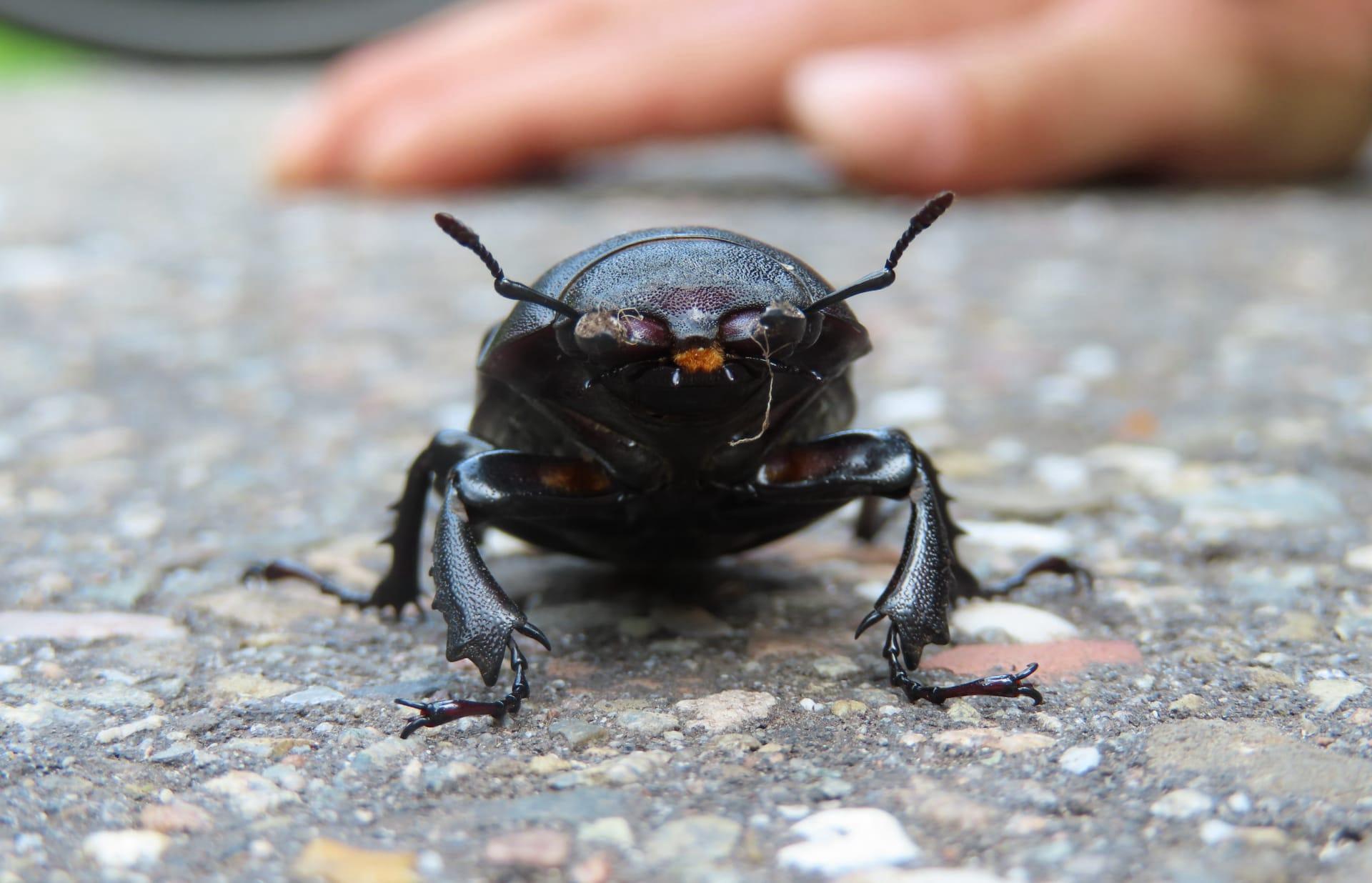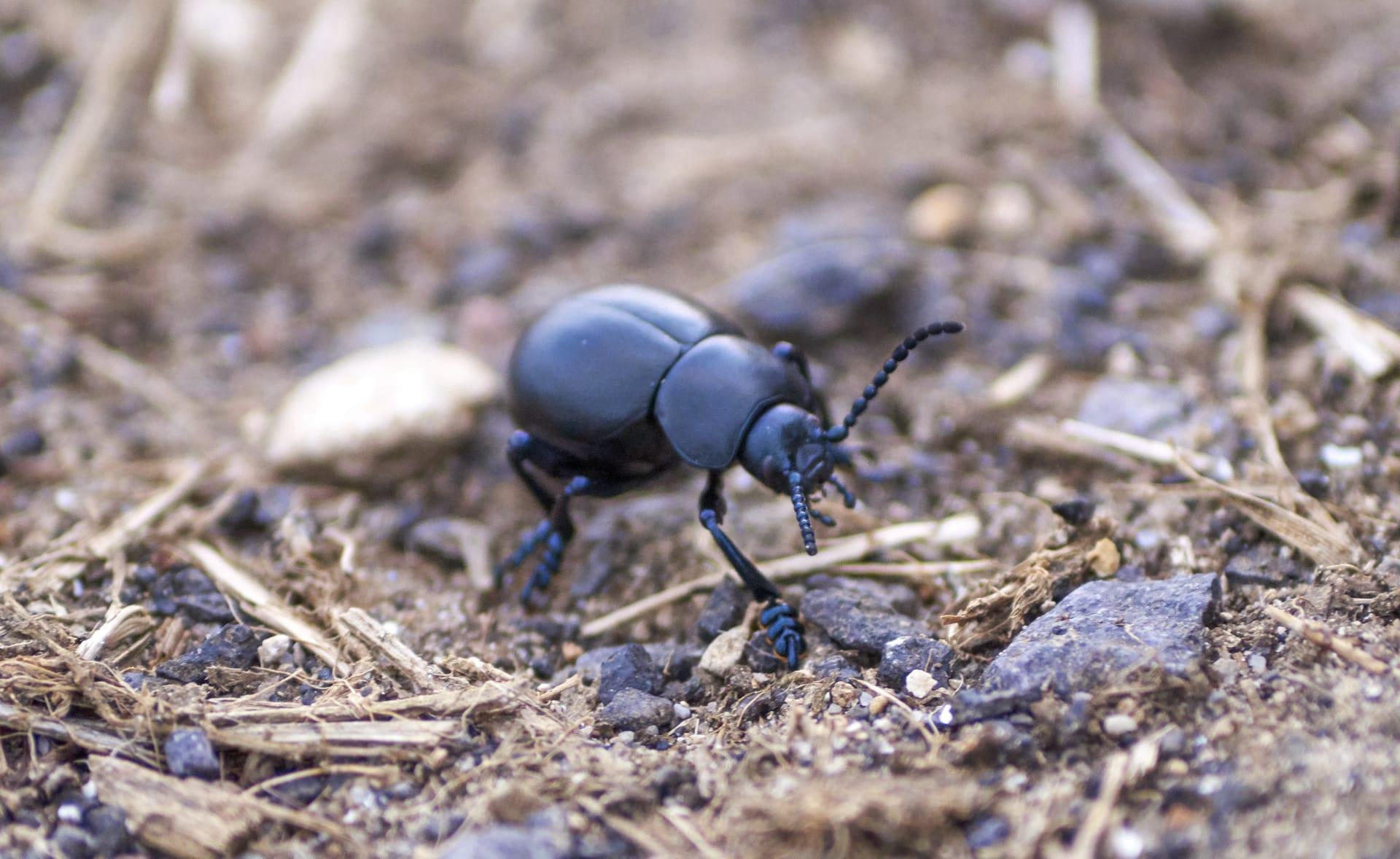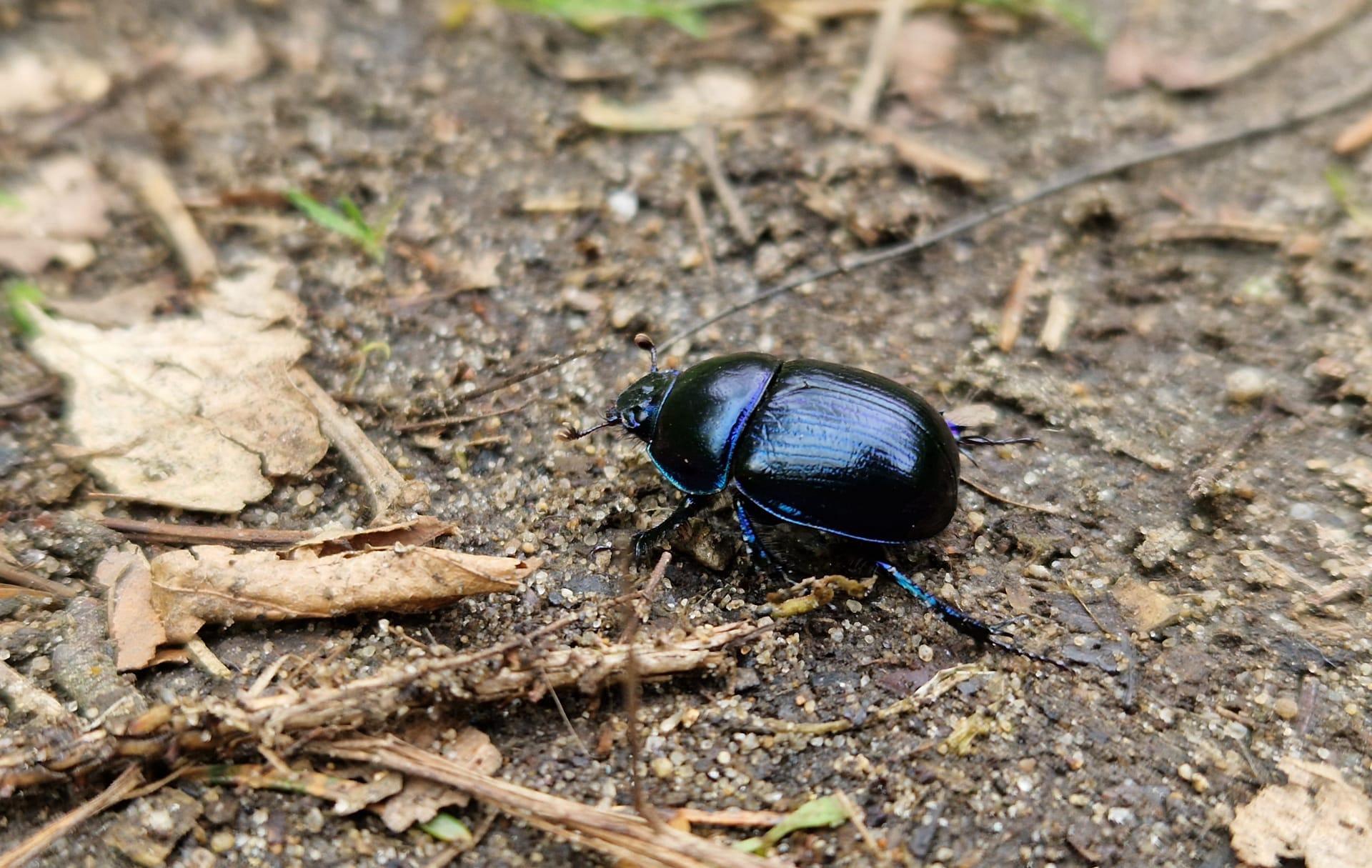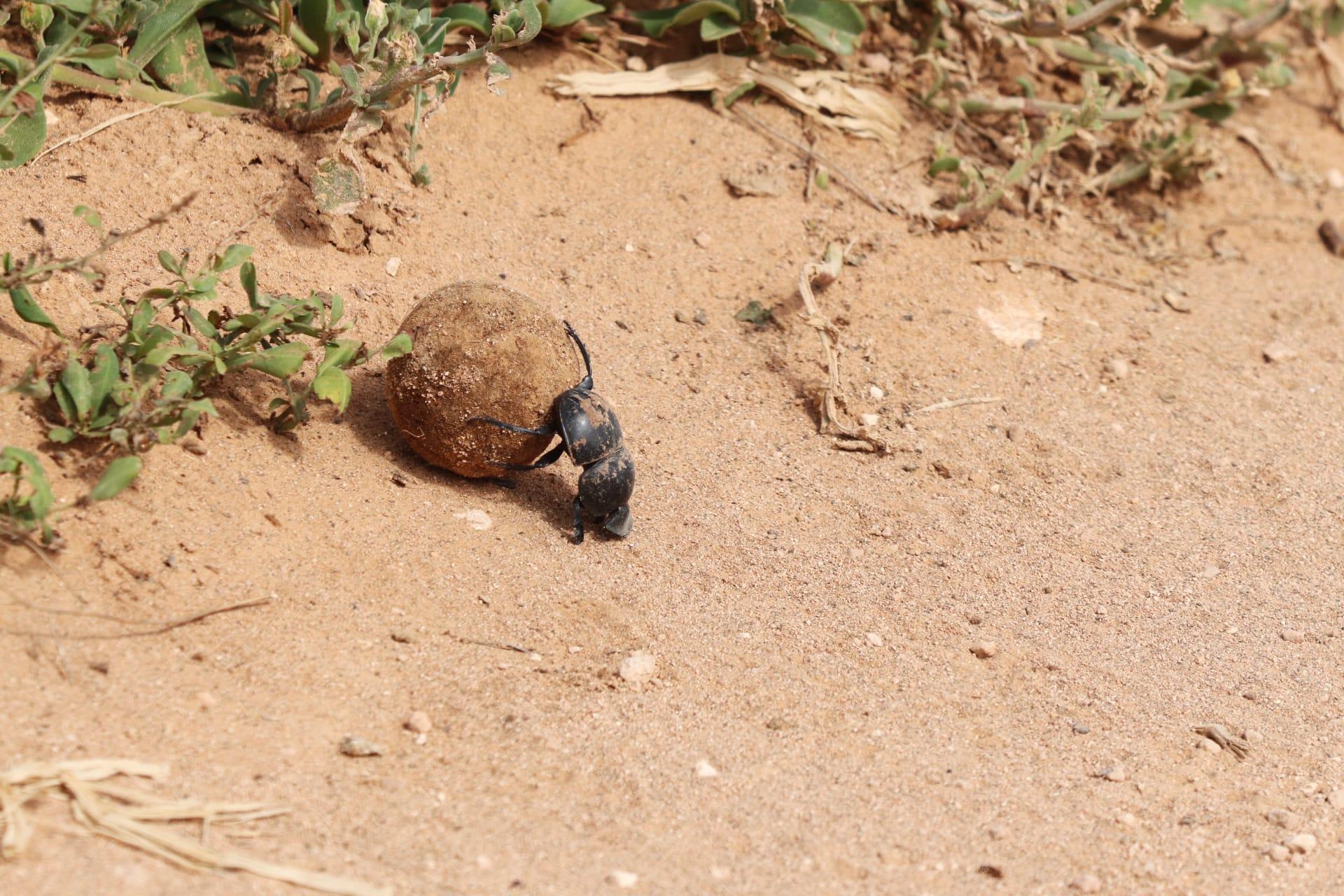1
Dung beetles, belonging to the Scarabaeidae family, showcase remarkable strength. These tiny creatures can pull weights over 1,000 times their body weight, making them the strongest animals on Earth relative to their size. To put this in perspective, it's akin to an average human dragging six double-decker buses tied together. They achieve this feat through a unique combination of robust legs and a highly muscular structure. This incredible strength is essential for them to shape, roll, and move dung balls, which are vital for their survival and reproductive success.
Their navigational skills are equally impressive. Dung beetles use the Milky Way to orient themselves and navigate in a straight line. This fascinating behavior was confirmed through experiments conducted in planetariums. By placing beetles in a simulated night sky environment, scientists observed that they lost their ability to roll dung balls in a straight line when the image of the Milky Way was obscured. This makes dung beetles one of the few known species that use the galaxy for orientation, a trait previously thought to be unique to humans.

2
Dung beetles play a critical role in agriculture and ecosystems by recycling waste. Their dung-feeding habits help in decomposing and redistributing nutrients back into the soil, promoting soil health and plant growth. An adult dung beetle can bury dung 250 times heavier than itself in one night. This not only fertilizes the soil but also reduces the prevalence of flies and parasitic worms, which can harm livestock. Their activity also aerates the soil, enhancing its ability to retain water.
Another interesting aspect of dung beetles is their reproductive strategy. The male beetle often constructs a dung ball and rolls it away from the pile to attract a mate. Once a female is interested, she will often ride on the ball while the male rolls it to a suitable location. They then bury the ball and the female lays eggs inside it. The larvae feed on the dung ball, providing a nutritious and safe environment for growth. This unique reproductive behavior showcases their complex social interactions and the importance of dung in their life cycle.

3
The diet of dung beetles is not solely restricted to dung. Some species are known to supplement their diet with mushrooms, decaying leaves, and fruits. This dietary diversity allows dung beetles to thrive in various environments and helps maintain their populations even when dung is scarce. Their ability to adapt to different food sources is a testament to their resilience and ecological versatility.
Dung beetles have also been observed displaying a unique behavior known as "dung dancing." This curious dance, involving the beetle climbing on top of its dung ball and spinning around, is thought to be a way for the beetle to cool down and orient itself. The dance may help the beetle get a better sense of its surroundings and determine the easiest path to roll its dung ball, avoiding obstacles and predators.

4
Not all dung beetles roll dung balls. The dung beetle family is diverse, with over 7,000 known species, and their behaviors vary. Some species, known as "tunnelers," bury the dung wherever they find it. Others, called "dwellers," live directly in the dung pile. This diversity in behavior highlights the adaptability and ecological niche variations within the dung beetle community.
Another surprising fact about dung beetles is their contribution to reducing greenhouse gases. By burying and consuming dung, they significantly reduce the emission of methane, a potent greenhouse gas produced as dung decomposes in the open air. Studies have shown that dung beetles can reduce methane emissions from cattle dung by as much as 80%. This ecological service underscores the environmental importance of dung beetles beyond their role in nutrient recycling.

5
Dung beetles have a unique way of dealing with competitors. When faced with a rival trying to steal their dung ball, they can engage in fierce battles. These contests often involve pushing, shoving, and even flipping the opponent off the ball. The winner takes possession of the dung ball, which is crucial for their reproductive success and survival. This competitive behavior highlights the high value they place on dung balls.
Lastly, dung beetles are sensitive indicators of environmental changes. Their presence and diversity in an area can reflect the health of the ecosystem. Changes in dung beetle populations can signal alterations in habitat quality and biodiversity. Conservationists often use dung beetles as bioindicators to monitor the impact of land-use changes, pesticide use, and climate change on ecosystems. Their role as ecological sentinels further emphasizes the importance of dung beetles in maintaining the balance of our natural world.